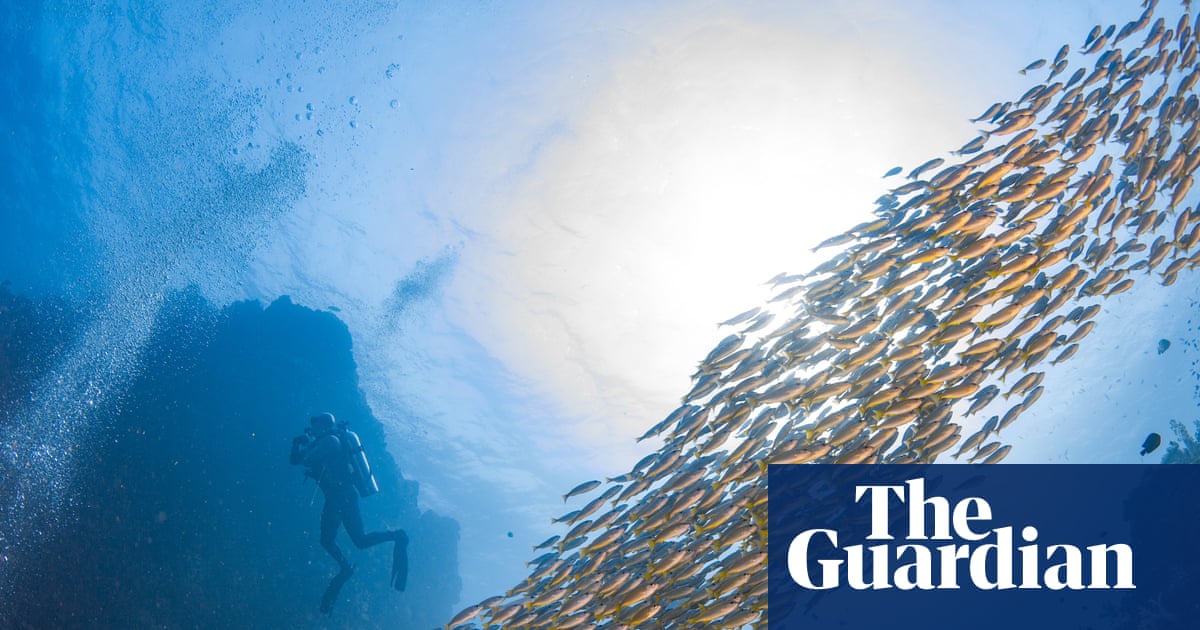
"Sitting at the bottom of the Gulf of Thailand about 20 metres below the ocean surface is the HTMS Hanhak Sattru. Snappers, yellowtail fusiliers and bannerfish swim through the ship's corridors,while barnacles, algae and young coral cling to the iron ladders and machine-gun on deck. Nearby is another wreck, the HTMS SuphairinBoth were intentionally submerged by the Royal Thai Navy in 2023 to create artificial reefs and dive sites."
"Their planned scuttling has enabled marine scientists to produce some of the first research on how much shipwrecks change the marine environment. There is already plenty of existing research that shows that shipwrecks create a new ecosystem. But whether they pull fish from natural reefs or promote production of new fish (known as the attraction-pollution hypothesis) has historically been hard to say."
"Early data, according to Baillie, shows that the wrecks have attracted fish from natural reefs and created a habitat for new ones to reproduce, including those that are endangered. Like anything in science, there's a slightly nuanced approach to things where we've seen potential evidence to support strongly the attraction side of the hypothesis. However, we're also seeing that there are these juveniles arriving at the shipwrecks. This is important because if fish are reproducing on the wreck that means they can be used as a tool to boost fish"
Two Royal Thai Navy ships were intentionally scuttled in 2023 to create artificial reefs and dive sites. Researchers collected baseline data before and after the scuttling to measure ecological change. Early results indicate the wrecks attract adult fish from nearby natural reefs and also provide habitat where juveniles arrive and reproduce. The findings address the attraction-versus-production question by showing evidence for both attraction and local reproduction, including for endangered species. Planned scuttling enabled controlled study conditions that are rarely available with accidental wrecks, offering a tool for boosting fish populations and conservation planning.
Read at www.theguardian.com
Unable to calculate read time
Collection
[
|
...
]